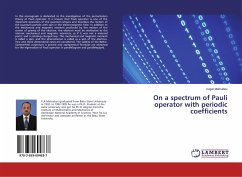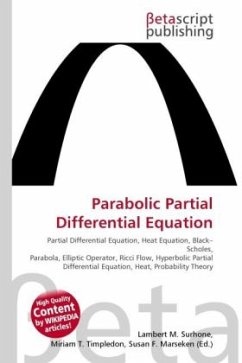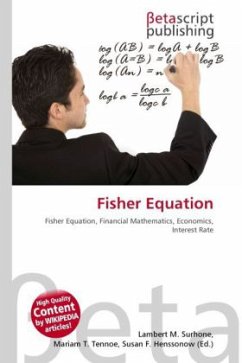High Quality Content by WIKIPEDIA articles! The Pauli Equation, also known as the Schrödinger Pauli equation, is the formulation of the Schrödinger equation for spin-1 2 particles which takes into account the interaction of the particle's spin with the electromagnetic field. It is the non-relativistic limit of the Dirac equation and can be used where particles are slow enough that relativistic effects can be neglected. It was formulated by Wolfgang Pauli in 1927. Note that because of the properties of the Pauli matrices, if the magnetic vector potential bold{A} is equal to zero, then the equation reduces to the familiar Schrödinger equation for a particle in a purely electric potential , except that it operates on a two component spinor. Therefore, we can see that the spin of the particle only affects its motion in the presence of a magnetic field.
Bitte wählen Sie Ihr Anliegen aus.
Rechnungen
Retourenschein anfordern
Bestellstatus
Storno








